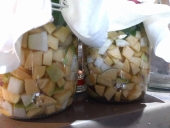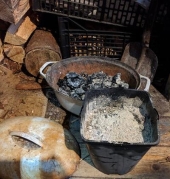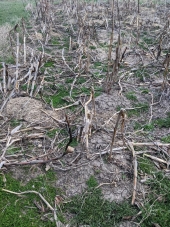Fredy Perlman wrote:
echo minarosa wrote:I also spread a fair bit of crushed oyster shells for the birds.
Interesting, for the birds? What do oyster shells do for them?
Birds need the minerals to produce new egg shells - wild birds obviously need less than laying hens, since they do not lay as many eggs, but they still need the same minerals. I've seen at least tits, tree sparrows, magpies and crows picking bits of egg shell out of soil where I spread compost, and hens sometimes seem to scratch for old shell fragments as eagerly as for worms and bugs. I've also seen both hens and wild birds eating old snail shells, seems likely they would get at least some of the same minerals from those - which again might indicate that snails, and possibly other invertebrates, could acquire some of the minerals they need either directly or indirectly from egg shells that end up in the garden.
I doubt egg- or sea shell fragments really work as grit (to grind food), they are much more fragile than most stones. I've always heard that actual grit needs to be provided in addition to shell fragments for hens that have no access to natural soil with small stones.




 May be partly or completely due to random variations in weather, temperature etc., but considering the bean plants seemed very similar to earlier years, conditions can't have been totally different.
May be partly or completely due to random variations in weather, temperature etc., but considering the bean plants seemed very similar to earlier years, conditions can't have been totally different.




